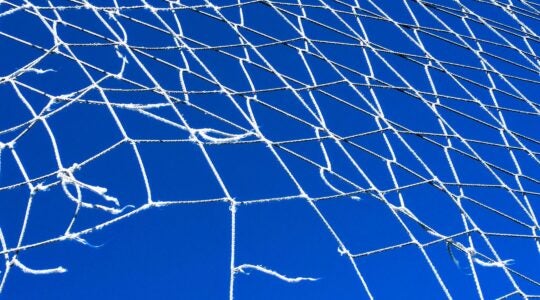While Eric Herschthal’s article, “Temporary Housing of the Highest Order” (Sept. 10), does well in describing the halachic complexity of the Sukkah City design competition, it misrepresents the halachic process involved.
First, I consulted the traditional halachic literature in reviewing each sukkah. With regard to the “LOG” entry, the initial design called for a log greater than four handbreadths wide, not less than four, as recorded in the article, since such a log too closely resembles a permanent home.
My first suggestion was to use a smaller log with other s’chach —kosher roofing material — surrounding it. When the designers alternatively suggested boring holes through the log, I consulted with halachic experts in addition to students and ultimately accepted the solution only after discovering a halachic source permitting such a branch be used for s’chach: Piskai Teshuvot 629:14.
Additionally, Herschthal accurately depicts the conceptual debate over whether one who is not commanded to participate in the holiday, a non-Jew for instance, can build a kosher sukkah. However, Jewish day school practice is not legitimate halachic precedent, as was suggested in the article. The Talmud itself permits this case, and many later Jewish legal decisors (Achronim) state that such a sukkah is kosher.
The New York Jewish Week brings you the stories behind the headlines, keeping you connected to Jewish life in New York. Help sustain the reporting you trust by donating today.




